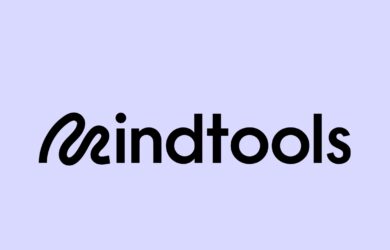In recent years, artificial intelligence and robotics have been hailed as efficiency boosters in all kinds of situations. But, while there’s no doubting the helpfulness of new technology, where does it leave the human? Should we become more robotic ourselves, or is it better for us to focus on areas that are out of reach of machines?
For author Tim Baker, the answer is clear. “Human beings have got to reinvent what humanness actually is,” he says. We must resist the urge to become more like the robots who are threatening our jobs. After all, people are still “the essence of work,” and in his view, we should recognize and champion that.

Putting the “Human” Back Into Human Resources
In Baker’s new book, “Bringing the Human Being Back to Work,” he sets out 10 performance and development conversations that will help leaders to refocus on people and their uniquely human qualities.
At the heart of this is dignity in the workplace, and we achieve that by having the right conversations at the right time.
“It’s [about] listening to people’s ideas in a genuine sense, not just doing it in an ad hoc way – genuinely engaging people in conversations around how we might make the workplace better, more effective, faster, safer, and all of those sorts of things,” he reflects, in our Expert Interview podcast.
Sometimes, Managers Don’t Have All the Answers
“Managers [need] to accept that they don’t have the answers to all the problems,” Baker continues. “That perhaps some of the people they work with, because they’re closer to the work, may actually have some great ideas.”
The 10 dignity-based conversations in Baker’s book are split into two sets of five. The first set is focused on development, and the second is all about performance.
“Obviously there’s some crossover, because when you’re developing people, hopefully performance will increase. And when you’re talking about performance, if you’re doing it the right way, you’re developing people,” he explains.
“I just wanted to separate them out, so that people have got some clarity around some of the things that leaders should be doing day-to-day when they’re conversing with their people.”
Having a Delegation Conversation
Each of the 10 conversations has a specific purpose. For example, in the development set, we find the delegation conversation and the encouraging conversation. The performance set includes the climate review conversation and the strengths and talents conversation.
When it comes to development, Baker sees three distinct opportunities for team members: technical development, personal development, and “developing themselves as a problem solver.” Of these, he thinks the third is the most crucial, because problem solving is a surprisingly rare skill.
We Need to Teach People to Think
“It’s intriguing that we’re all faced with challenges every day, but very few of us are actually able to think on our feet because we’re taught to follow a system,” Baker says. “We don’t teach people to think.”
Thinking sets humans apart from machines. And, so do honesty and courage – both qualities that can enhance these crucial conversations. Take the relationship-building conversation, for example.
“I find it fascinating that all over the world, wherever I travel, there are always relationship issues,” Baker comments. “The core issue there is the working relationship. Now, why don’t we have a conversation about that? Why do we have to skirt around it, or why do we have to hope that someone just gets it?”
Face Awkward Situations Head-On
He urges managers to address awkward or difficult relationships head-on. “One of the questions I suggest to people who are having a struggle with somebody is to ask them a simple question: on a scale of one to 10 – 10 being high, one being low – how do you rate our current working relationship?”
The number the team member comes up with doesn’t matter, he says. What follows is much more important.
Leaders Must Listen to Suggestions
“The next question is: can you give me a little bit of an insight into why you rated it like that? Then, the third question is: is there anything that I can do to improve the quality of our working relationship?”
The leader listens carefully to the suggestions, and adds his or her own for the team member, too. The human traits of thinking, honesty and courage can bring about a seismic shift in that relationship. This may also have a positive effect on the rest of the team and what they can achieve together.
Another of the five development conversations is about coaching. In this clip from our Expert Interview podcast, Baker gives an example of how this might work in practice.
Listen to the full 30-minute interview in the Mind Tools Club.
How do you “bring the human” into your workplace conversations? Join the discussion, below!



